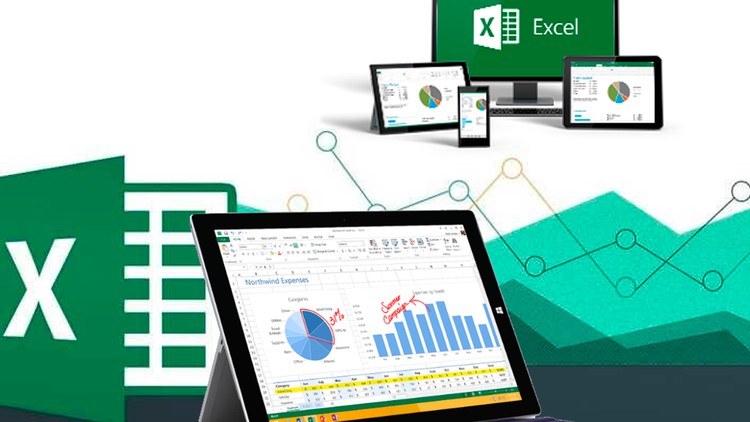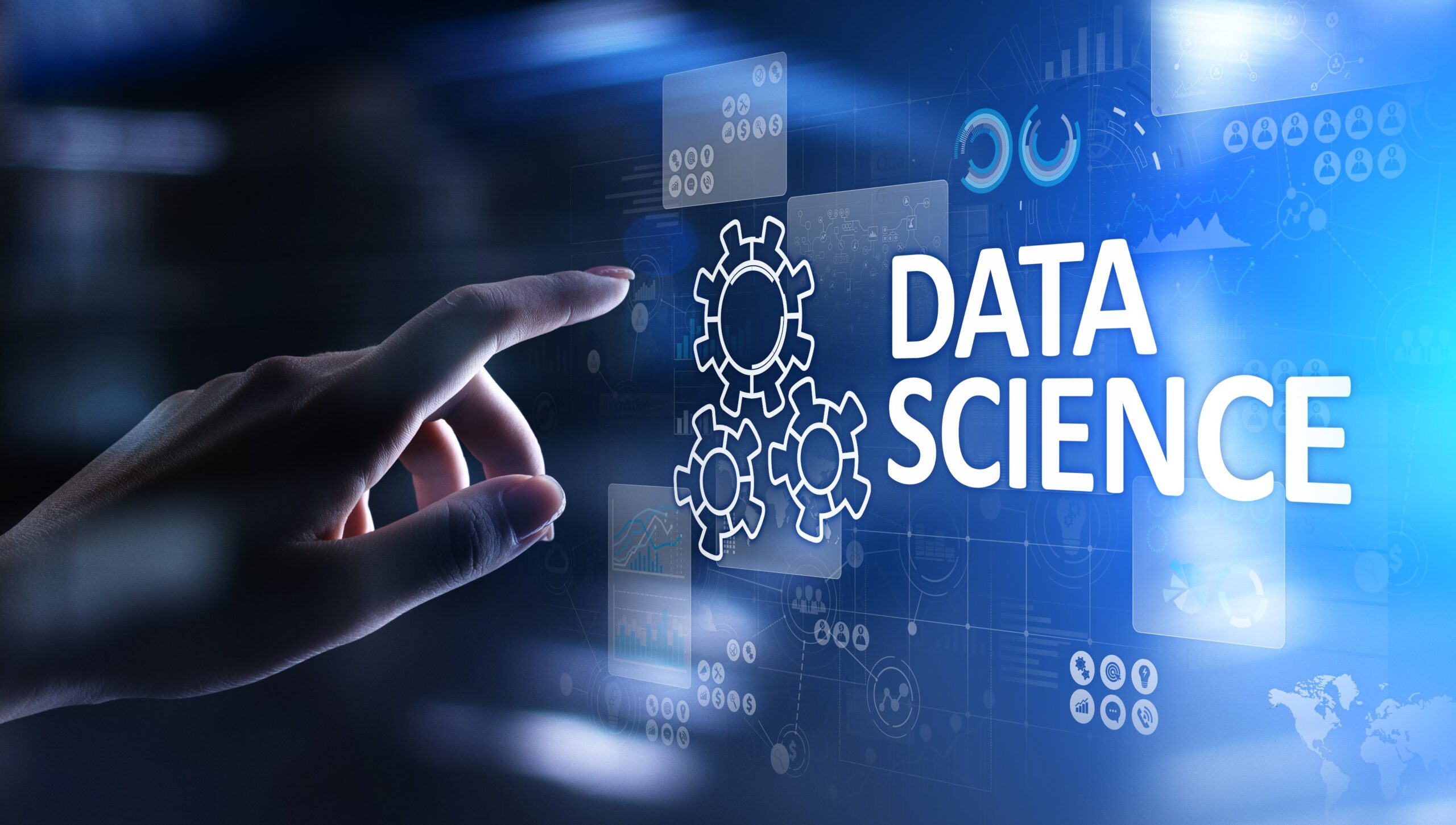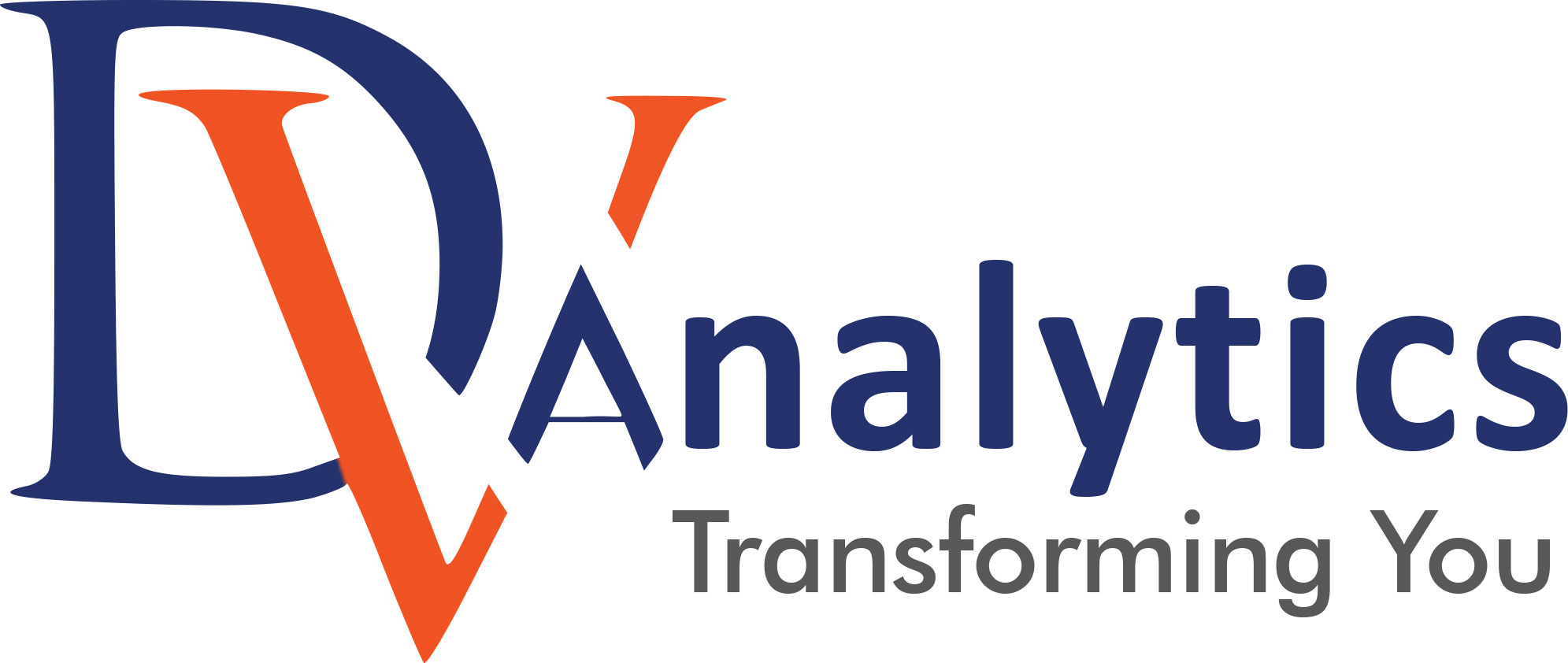Determining the “best” data science course for the future depends on various factors such as your current skill level, learning preferences, specific areas of interest within data science, and whether you prefer a more theoretical or hands-on approach. here are some well-regarded data science courses that are often considered excellent:
- Business Analytics with Excel. Learn the fundamentals of Business Analytics with Microsoft Excel. …
- Data Science with Python. …
- Introduction to Data Analytics Course. …
- Data Science with R Programming. …
- Power BI for Beginners. …
- Tableau Training. …
- Introduction to MS Excel. …
- Introduction to Data Science.
1.Business Analytics with Excel. Learn the fundamentals of Business Analytics with Microsoft Excel:
“Business Analytics with Excel” is a course that teaches the fundamental principles of business analytics using Microsoft Excel. Participants learn key skills such as data importing, cleaning, visualization, and statistical analysis. The focus is on practical applications, empowering learners to extract meaningful insights from data for informed decision-making in a business context. Suitable for both beginners and those looking to enhance their Excel-based analytical skills, this course is a valuable resource for understanding and applying business analytics techniques using a widely used platform..

2.Data Science with Python:
“Data Science with Python” is a course that introduces participants to the essentials of data science using the Python programming language. Covering tasks like data cleaning, analysis, and visualization, the course emphasizes hands-on projects and real-world applications. Participants gain practical skills in utilizing Python libraries such as NumPy, Pandas, Matplotlib, and Scikit-learn for data-driven insights. Ideal for those aspiring to work in data science, this course provides a concise and practical introduction to the field using Python.
3.Introduction to Data Analytics Course:
An “Introduction to Data Analytics Course” provides foundational knowledge in data analytics, covering essential concepts such as data exploration, visualization, and basic statistical analysis. Tailored for beginners, the course includes hands-on exercises to reinforce learning, making it an ideal starting point for those looking to grasp the fundamentals of data analytics.

4.Data Science with R Programming:
“Data Science with R Programming” is a course that teaches the principles of data science using the R programming language. Participants learn data manipulation, statistical analysis, and visualization techniques with hands-on projects. Ideal for those aiming to work in data science, the course provides practical skills in both data science principles and R programming.
5.Power BI for Beginners:
“Power BI for Beginners” is a user-friendly course introducing Microsoft’s Power BI tool. Geared towards beginners, it covers data importing, transformation, and visualization, enabling participants to create interactive reports and dashboards. The course provides hands-on exercises for quick and practical learning, making it an ideal starting point for those new to Power BI.
6.Tableau Training:
“Tableau Training” is a program focused on teaching participants how to use Tableau, a leading data visualization tool. Suitable for beginners to advanced users, the training covers data connection, visualization creation, and dashboard development. With hands-on exercises, it provides practical skills for effective data analysis and visualization, making it valuable for a range of professionals.
7.Introduction to MS Excel:
“Introduction to MS Excel” is a beginner’s course offering foundational knowledge of Microsoft Excel. Participants learn basic data entry, formatting, and essential features for organizing and analyzing data. With hands-on exercises, this course is ideal for those new to spreadsheet applications, providing essential skills for personal or professional use.
8.Introduction to Data Science:
“Introduction to Data Science” is a foundational course offering a brief yet comprehensive overview of key principles in data science. Covering basics like data manipulation, analysis, and statistical techniques, the course emphasizes practical applications. Ideal for those seeking a fundamental understanding of data science and its real-world applications.

Is data science safe for the future?
Yes, data science is a good and rewarding career path. It offers many opportunities and growth prospects in today’s data-driven world.
Is Python best for data science?
As a general-purpose programming language, Python is the standard go-to choice for software developers breaking into data science. Plus, Python’s focus on productivity makes it a more suitable tool to build complex applications.
Should I learn C or Python for data science?
Learning C/C++ offers excellent capabilities for building statistical and data tools. These will translate well to Python and scale well for performance-based applications. C/C++ is also surprisingly useful because it compiles data quickly. It builds highly functional tools and allows for serious fine-tuning.
How much time to learn Python?
Read on for tips on how to maximize your learning. In general, it takes around two to six months to learn the fundamentals of Python. But you can learn enough to write your first short program in a matter of minutes. Developing mastery of Python’s vast array of libraries can take months or years.
 SINCE 2010
SINCE 2010 



